Repair of rolling jacks
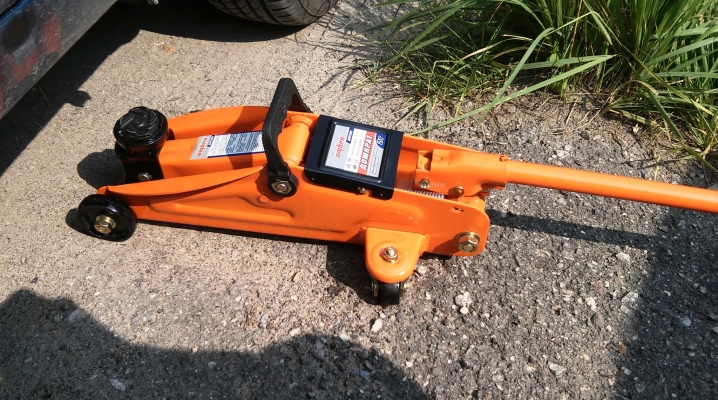
Rolling jacks are characterized by ease of use, impressive carrying capacity, smooth lifting and running. Ideal for use as car lifts both in specialized service stations and in personal garages. Moreover, many car owners manage to make such an assistant on their own in order to enjoy all its advantages for less money. Today we will consider the probable malfunctions of roll-type hydraulic jacks, and figure out how to fix them with our own hands.
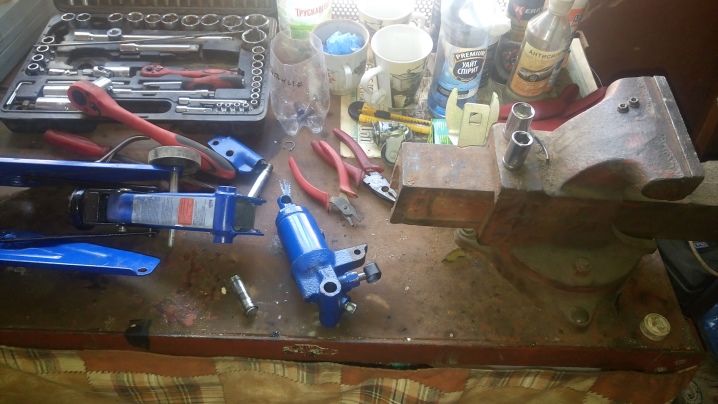
Possible breakdowns and their causes
Hydraulic jacks rarely lose their functionality thoroughly, mainly the problem is in the valves, lack of working fluid (oil) or contamination. Nevertheless, any device in the stage of its operation is capable of failing.
Before proceeding directly to the issues of repair work, you should determine the probable breakdowns and the factors that can provoke them.
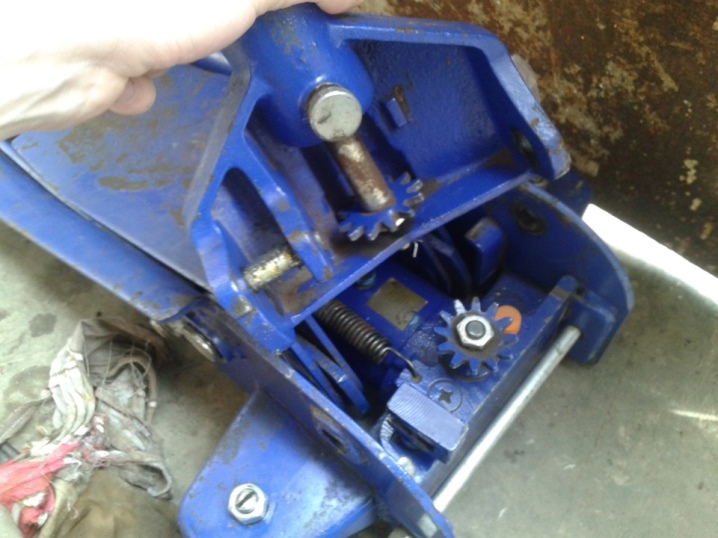
So, among the most common the following malfunctions:
- absolute loss of functionality of the device, which is expressed in the fact that it is not possible to raise or lower the main piston (working rod);
- improper work (usually a little wedge) in the process of lifting;
- spontaneous lowering the device under the load;
- jack drip - partial or complete outflow of the working fluid (oil).
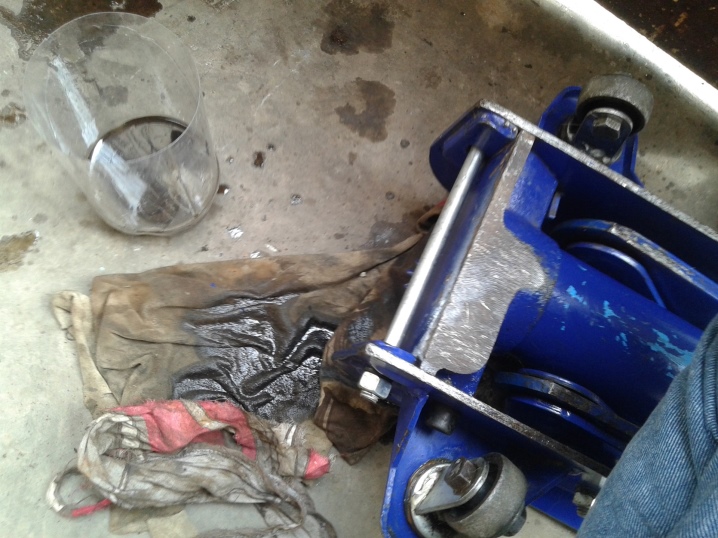
Required tools
To repair the jack, you will need certain tools and materials:
- spanners;
- tank for receiving drained oil;
- specialized fluid for flushing (kerosene or gasoline is allowed);
- working fluid - oil.
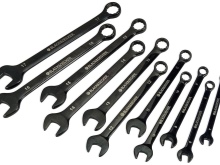

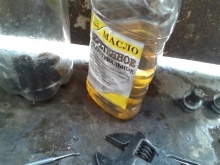
Before repair work, you can purchase a repair kit for a sliding hydraulic jack in advance. Typically this includes piston and plunger seals.
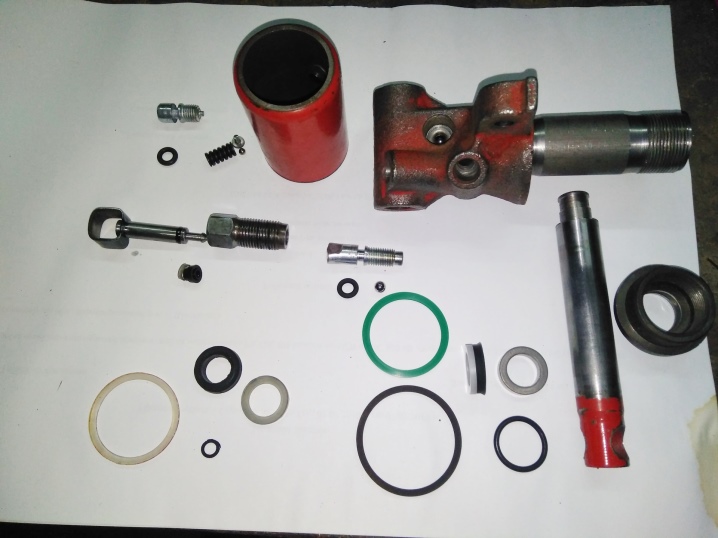
How to fix a jack?
Of course, you can repair the hydraulic jack yourself. Only for this you will need to purchase a repair kit or separate parts, based on what exactly broke. As a rule, various gaskets become unusable, as a result of which the working fluid begins to leak out. A suitable repair kit is required for repair.
Under any circumstances you need to disassemble the structure and drain the working fluid from it... This must be done carefully, and the working fluid must be drained into a previously prepared container.
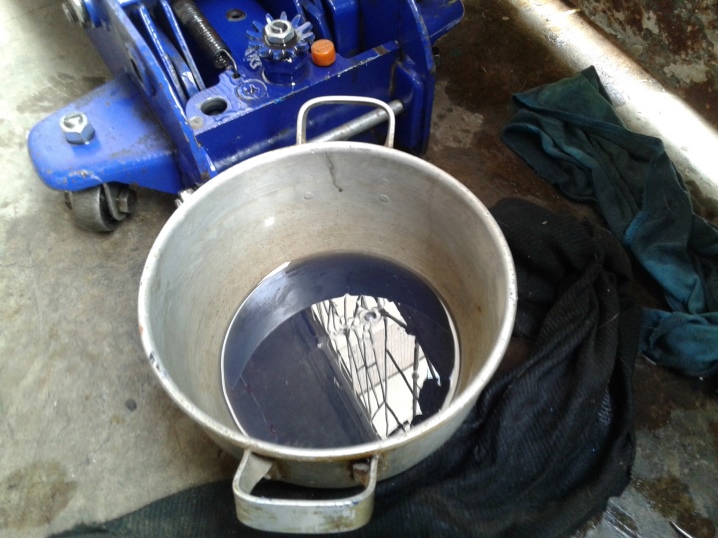
It is hardly suitable for secondary use, it is advisable to replace it with a new one.
You can find the oil grade in the device manual. Nevertheless, in the bulk, a conventional motor (for example, brand 5W-40) or working fluid for hydraulic systems is suitable. It does not destroy rubber, does not harm the surface of the working piston, has an average density and is safe for humans.
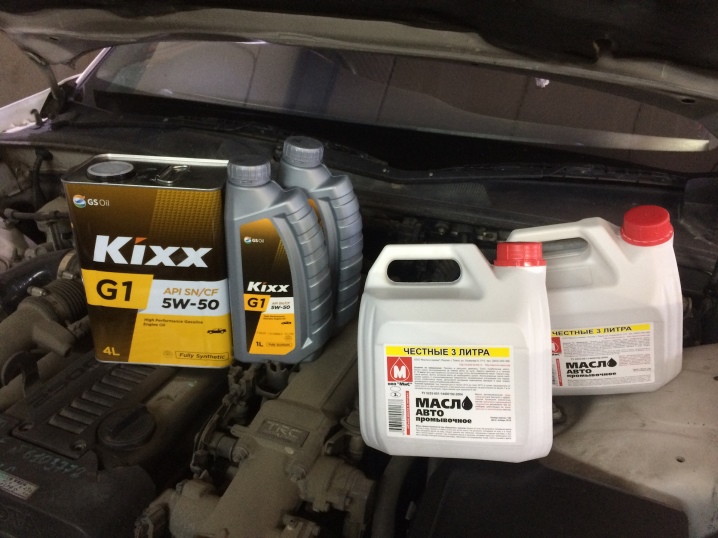
There are specialized repair kits - hydraulic jack repair kits - for any individual modification of the rolling device. They already include all suitable rubber gaskets and all kinds of consumable spare parts (based on a specific modification). Try not to purchase too inexpensive and expensive products, the best option would be to purchase a product from the middle price category.
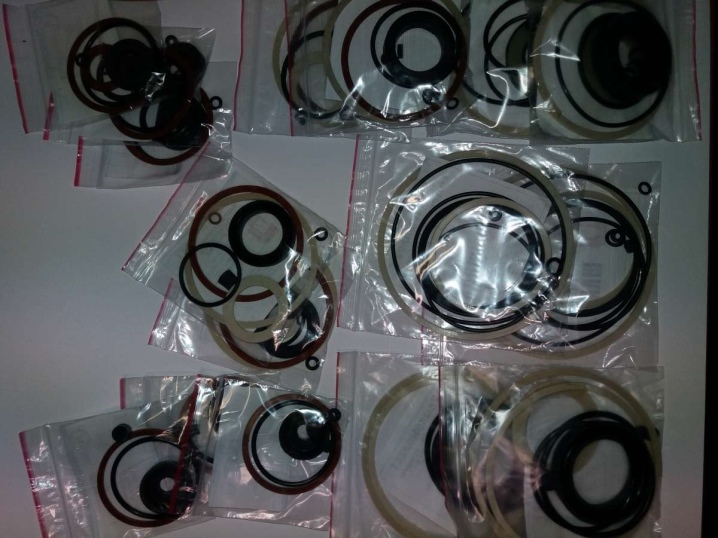
After that, it is necessary to disassemble and pull out the pistons and examine their surface for rust. If corrosion or contamination is found, they must be thoroughly disposed of. Along with contamination and corrosion, waste oil is also disposed of. You can use specialized cleaning agents for this (diesel fuel, gasoline, white spirit, solvents, etc.).

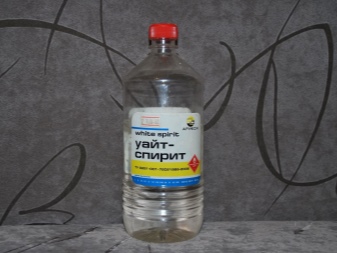
Be sure to inspect the stem configuration. In the event that it is bent, then, most likely, it is unsuitable for reconstruction. In such a situation, you either need to purchase a new piston (which can become a snag, since there are practically no such basic components on sale), or buy a new lifting mechanism. Therefore, you should not bring it to the point when the stem bends. As a rule, this happens due to a significant excess of the permissible weight of the car, which was lifted by means of a hydraulic jack.
Similarly, a common cause of breakage in a rolling hoist is contamination of its internal working valves.
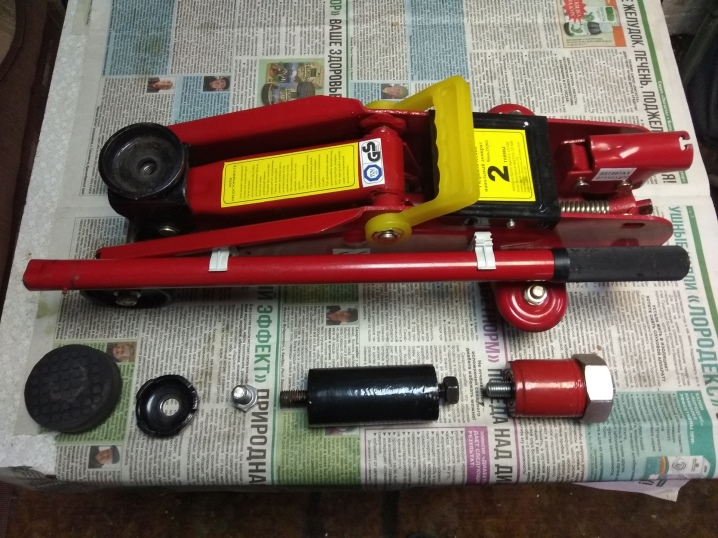
They are included in the structure of the system for moving the working piston of the device (raising and lowering it). The oil transfer valves must be inspected. Close attention must be paid to how tightly they sit in the planting nests. If the contact is loose, check the springs, which are likely to be loose. If the valves are worn out, crumpled, then they need to be replaced with new ones. At the same time, they can simply become clogged, and the ball valve begins to loosely fit into its place. This is the source of the working fluid leakage.
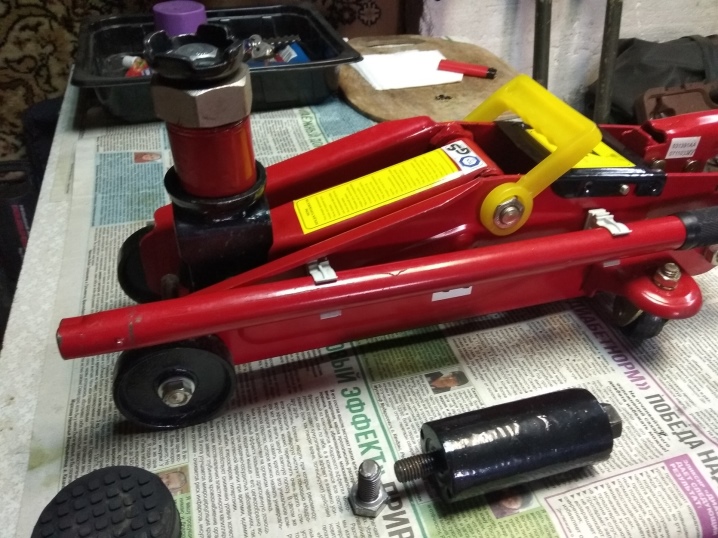
When replacing the working fluid in the hydraulic jack (and this must be done during overhaul), a mandatory measure is pumping its hydraulic system. Based on the fact that the structure of various lifting mechanisms is different, it is impossible to give a universal answer to the question of how to pump a hydraulic jack. Without highlighting particulars, the procedure will be as follows.
First of all, unscrew the plug from the neck to fill the hydraulic jack with working fluid (or to drain it, depending on the structure of the jack).

Then completely drain the used oil (into a previously prepared reservoir). Next, pour a cleaning agent into the system to remove all that remains of the spent working fluid, and dirt that, presumably, is present inside (use compounds that are not hazardous for rubber seals). Subsequent activities are carried out in the following order:
- pour a small amount of liquid into the system;
- operate the lever so that the liquid substance disperses through the system;
- add more and repeat the operation;
- top up until the rod reaches the uppermost position;
- open the shut-off valve to allow the working piston to return to the initial lower position;
- when it moves, the cleaning liquid will be expelled from the device through the drain hole;
- if the liquid is heavily contaminated, then the operation should be performed several times in a row until it becomes somewhat clean.
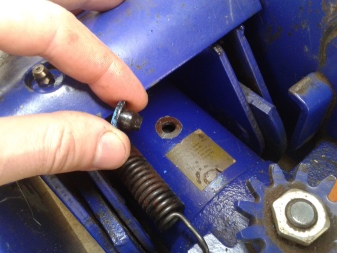

After cleaning the system, you can start filling with fresh oil. The steps will be the same as with the cleaning fluid. After that, all the covers must be closed and the oil that has got on the hydraulic jack housing should be wiped off.
Constantly watch the level of the working fluid in the device. Over time, rubber gaskets lose their quality and drain the oil out. In its place, air enters the hydraulic system, and its airing takes place. This can become a circumstance that the piston will stop reaching its upper position, because air can be compressed as opposed to oil. If you notice a similar problem, then add or replace the working fluid in the hydraulic jack, and also change the rubber gaskets.
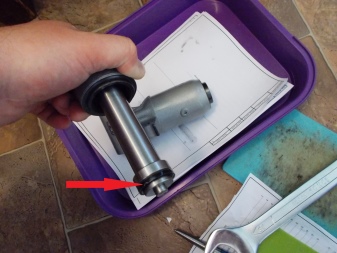

The repair of a two-ton or three-ton hydraulic jack is no different, except for the amount of oil required for filling.
After the elimination of all malfunctions is completed and fresh oil is poured in, the hydraulic jack is "pumped" - excess air is released. To this end, at first they vigorously "work" the plunger until pressure is generated. Next, air is vented through specialized plugs and oil is added.
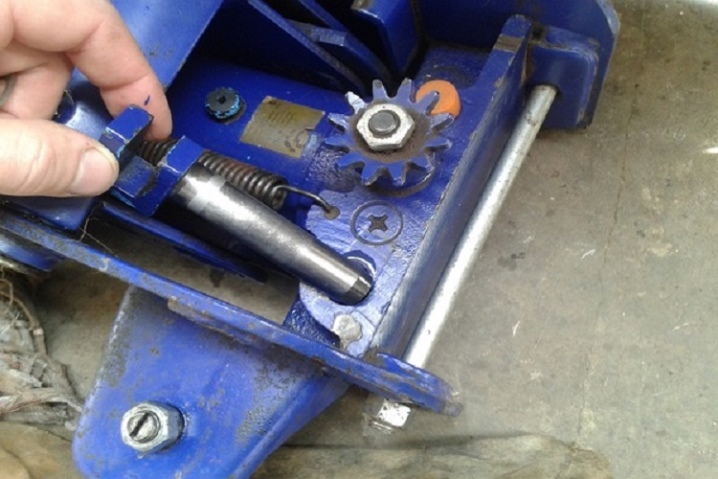
Recommendations
After completing the work, it is recommended to relieve the hydraulic jack from loads. Store the device in a dry and warm place. Due to the penetration of excess moisture, the mechanism can become covered with corrosion, and the cold will negatively affect the quality characteristics of the working fluid. It is advisable not to use a jack in severe frost... The loads on the lifting mechanism must not exceed those for which it is intended.

With continuous operation, the replacement of the working fluid (pumping) should be done once every 2-3 months. Then, in order to maintain the hydraulic jack in working condition during the "downtime" period, there is no need to change the oil in it without the need to change the oil - 2-3 working movements of the rod once every 3 months is absolutely enough.
Summarize. In case of failure of the hydraulic jack, it is necessary to check 3 components:
- quantity and quality of oil;
- the presence of air bubbles in the system;
- how tightly the valves sit in the seats, pollution.
In the overwhelming majority of situations, to resolve all difficulties with the jack, it is only necessary to clean and change the working fluid.
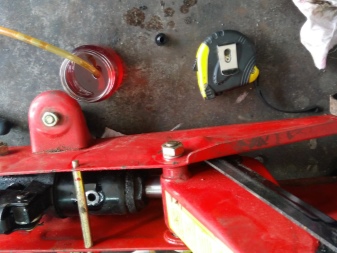
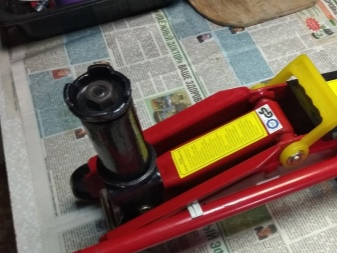
How to repair a rolling jack in 10 minutes, see below.













How much oil should I pour for a 3-tonne jack?
The comment was sent successfully.